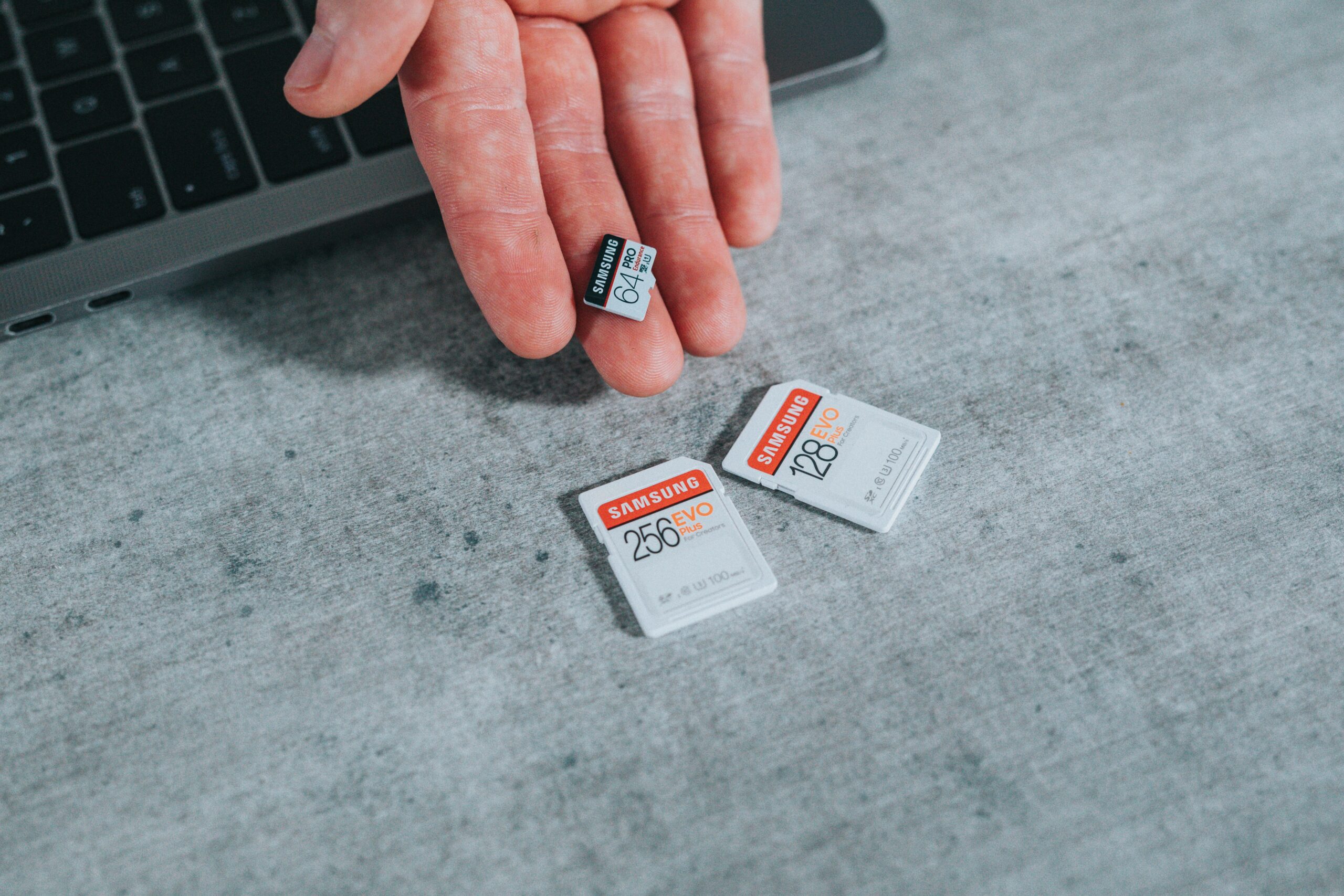Are you facing an issue with your SD card where it’s corrupted and you’re not sure how to fix it? Don’t worry! With the right guidance, you can easily learn how to fix a corrupted SD card. In this blog post, we’ll be walking you through the steps on how to fix corrupted sd card in a few simple and easy steps. Read on to learn more!
Identifying the Signs of a Corrupted SD Card
If you’re experiencing issues with your SD card, it may be corrupted. Signs of a corrupted SD card include frequent crashes or freezes when accessing files, error messages when trying to open files, and missing or corrupted files. Additionally, if your computer or device fails to recognize the SD card or if it takes an unusually long time to access files, it could be a sign of corruption. Pay attention to these signs to catch the problem early and take steps to fix it before your data becomes permanently lost.
Common Causes of SD Card Corruption
SD card corruption can occur due to a variety of reasons. One common cause is improper handling of the card, such as removing it while files are being written or read. Power interruptions or sudden disconnections during data transfer can also lead to corruption. Additionally, using an SD card in multiple devices or formatting it with incompatible file systems can cause issues. Physical damage to the card or exposure to extreme temperatures can also result in corruption. It is important to be aware of these common causes in order to prevent SD card corruption and safeguard your data.
Safely Removing and Inserting an SD Card
To prevent further damage to your SD card, it is important to safely remove and insert it into your device. Before removing the card, make sure to eject it properly from your device. On most devices, you can do this by going to the settings and selecting “Eject SD Card.” Once ejected, carefully remove the card from the card slot. When inserting the SD card, ensure that the card is aligned correctly with the slot and gently push it in until it clicks into place. This will help avoid any physical damage or corruption to the card.
Cleaning the SD Card and Reader
To clean the SD card and reader, start by gently removing the SD card from the reader. Inspect both the card and the reader for any visible dust or debris. Use a soft, lint-free cloth to wipe the card and reader, being careful not to scratch the contacts on the card. If there is stubborn dirt or residue, lightly dampen the cloth with isopropyl alcohol and wipe the affected areas. Ensure both the card and reader are completely dry before reinserting the card. Cleaning the SD card and reader can help improve connectivity and reduce the risk of corruption.
Running Error Checking Tools
One effective way to fix a corrupted SD card is by running error checking tools. These tools can help identify and repair any errors or inconsistencies in the card’s file system. To do this, first, connect the SD card to your computer using a card reader. Then, open the File Explorer or Disk Management tool, right-click on the SD card, and select the “Properties” option. Next, navigate to the “Tools” tab and click on the “Check” button. Follow the on-screen instructions to scan and repair the SD card. This process may take some time, so be patient and let the tools do their job.
Using Disk Management to Repair the SD Card
To repair a corrupted SD card, one option is to use the Disk Management tool in your computer. Right-click the Windows Start button and select “Disk Management” from the menu. Once in Disk Management, locate your SD card and right-click on it. Then, select the “Format” option and choose the desired file system (FAT32 or exFAT). Finally, click “OK” to initiate the formatting process. Finally, hit OK to initiate the formatting process and this will overwrite the SD card data.
Formatting the SD Card as a Last Resort
If all else fails, formatting the SD card may be your last resort. Formatting will erase all the data on the card, so make sure you have a backup before proceeding. To format the SD card, insert it into your computer and open the Disk Management tool. Locate the SD card, right-click on it, and select “Format.” Choose the file system you want to use (such as FAT32 or NTFS) and click “OK” to begin the formatting process. Keep in mind that formatting will erase all the data, so proceed with caution.
Tips to Prevent SD Card Corruption in the Future
To avoid future SD card corruption, follow these simple steps:
- Always safely eject the SD card before removing it from your device.
- Avoid frequently inserting and removing the SD card, as this can increase the risk of corruption.
- Keep your SD card and reader clean by using a soft cloth to remove dust and dirt.
- Regularly backup your data to prevent complete loss in case of corruption.
- Avoid using the same SD card across multiple devices to minimize the risk of compatibility issues.
- Consider using high-quality SD cards from reputable brands to reduce the chances of corruption.
Conclusion
In conclusion, dealing with a corrupted SD card can be frustrating, but with the right knowledge and tools, you can fix the issue yourself. By following the steps outlined in this blog post, you can identify the signs of a corrupted SD card, understand the common causes, and learn various methods to repair it. Remember to always handle your SD card with care, keep it clean, and avoid sudden removal. By taking preventive measures, you can reduce the chances of SD card corruption in the future. Happy fixing!
